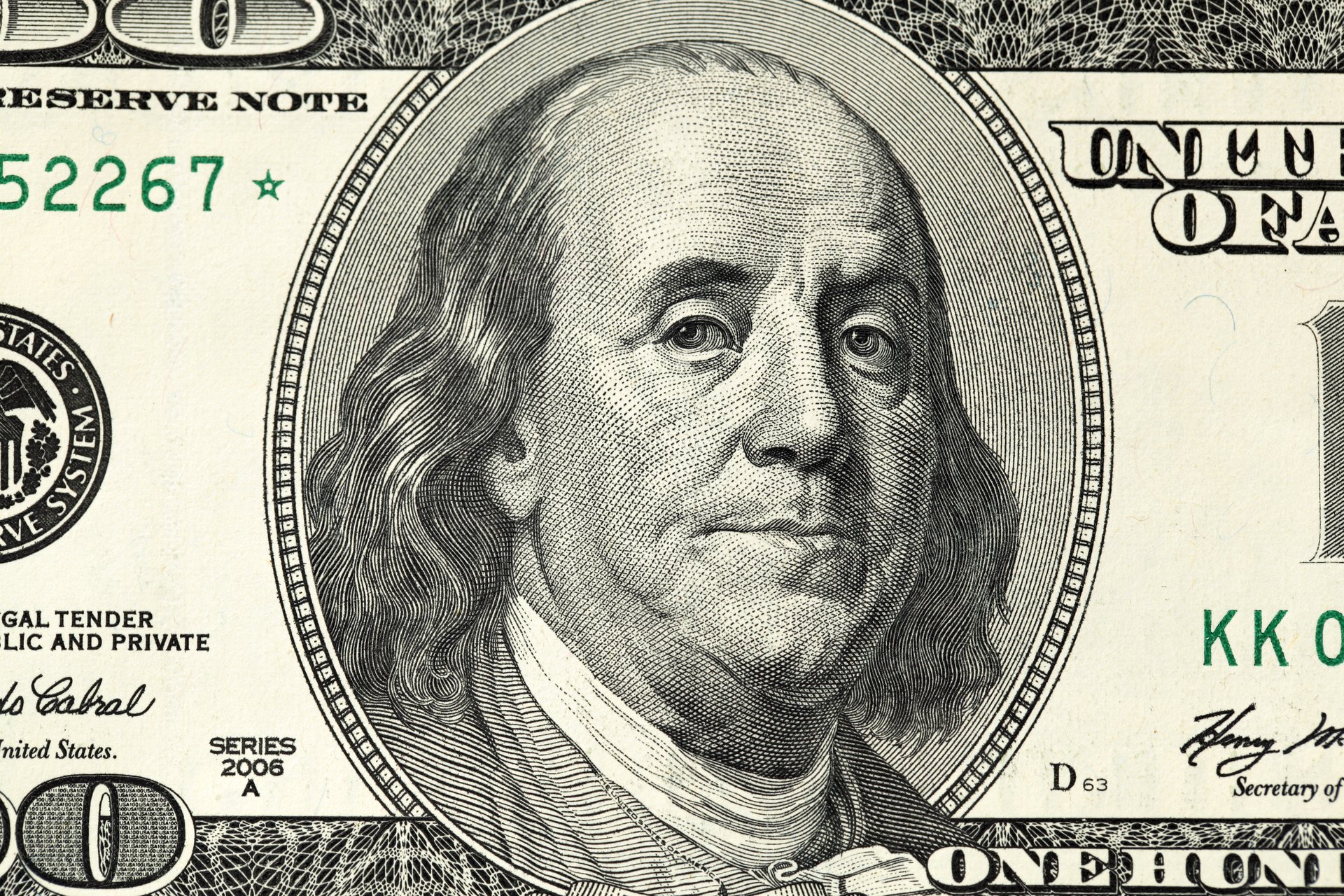
The Federal Reserve announced today it is leaving the benchmark federal funds rate right where it is — in a range between 0.75 and 1 percent.
The Fed last raised rates in March, so today’s inaction offers a bit of a breather between that rate hike and anticipated increases later in the year.
If you have a mortgage, another loan or credit card debt, consider the Fed’s pause as an opportunity to get your financial house in order before rates inevitably climb again.
Following are some key areas of your financial life that might feel the impact when interest rates resume their climb. We also suggest tips for blunting the impact of a rate hike so you can keep more money in your wallet.
Mortgages
If you have an adjustable-rate mortgage — or are shopping for one — know that the monthly cost of these loans might rise once the Fed begins to hike rates again.
An adjustable-rate mortgage is tied to an index, such as the London Interbank Offered Rate, more commonly known as Libor. When the Federal Reserve raises the federal funds rate, indexes such as Libor tend to follow suit.
As the index climbs, so will the rate on your adjustable-rate mortgage — and the size of your monthly mortgage payment — the next time your loan is scheduled to “adjust.”
If you are shopping for a fixed-rate mortgage, you also can expect rates to climb. Fixed-rate mortgages are not directly tied to the federal funds rate, but tend to follow the same direction over time.
If you already have a fixed-rate mortgage, you have no worries — your rate is locked in and will not change.
The stable nature of a fixed-rate mortgage is one reason homeowners with adjustable-rate mortgages might consider refinancing now to a fixed-rate mortgage before rates resume their climb.
You can search for the best mortgage rate in the Money Talks News Solutions Center.
For help paying your housing debt down faster, check out “7 Painless Ways to Pay Off Your Mortgage Years Earlier.”
Other loans
Interest rates for other types of loans, such as auto loans, might also be on the rise once the Fed resumes its rate hikes.
There are two key actions you can take to minimize the cost of these loans:
- Consider refinancing to lower your interest rate while rates remain low.
- Pay off those loans as fast as possible.
Start with “8 Foolproof Steps to Get You Out of Debt Fast.”
Credit card debt
Unless you pay off your credit card bills in full every month and are certain you can continue doing so, now is the time to lower your borrowing costs. Most credit card interest rates are variable, meaning they go up and down along with interest rate trends as a whole.
Again, take two key actions:
- Lower your interest rate — either by asking your current credit card company for a lower rate or finding a new card with a better rate.
- Pay off existing credit card debt ASAP.
Visit the Solutions Center to find the perfect credit card. There, you can search for credit cards based on such factors as rates or rewards. You can also get help with credit card debt if you feel overwhelmed.
Have you taken any steps yet to prepare for rising interest rates? Let us know below or on Facebook.




Add a Comment
Our Policy: We welcome relevant and respectful comments in order to foster healthy and informative discussions. All other comments may be removed. Comments with links are automatically held for moderation.